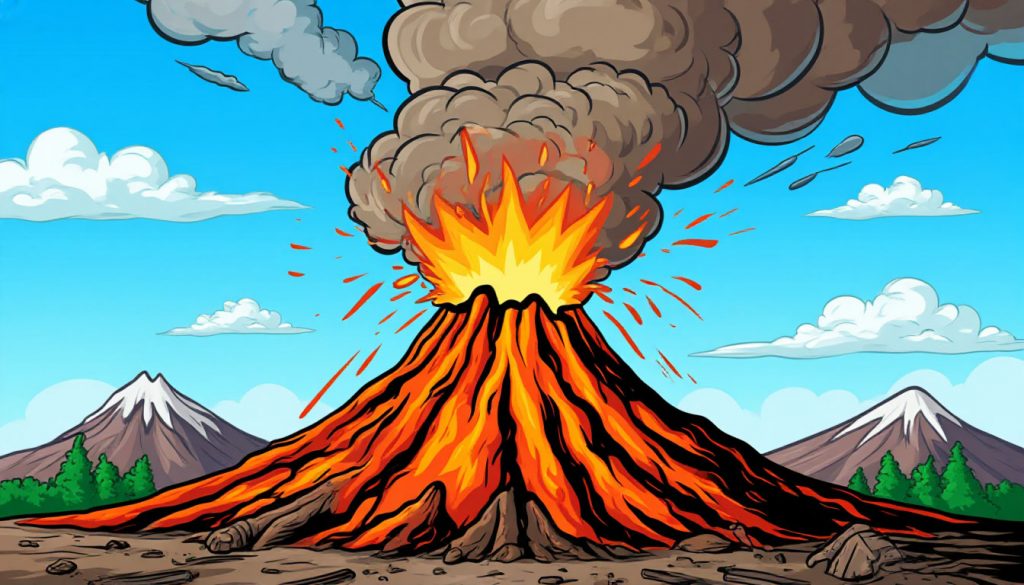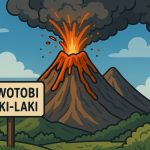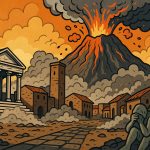Volcanic eruptions are among the most dramatic natural events on Earth, capable of reshaping landscapes, affecting global climate, and endangering lives. However, not all eruptions are the same. The type of eruption depends on factors like magma composition, gas content, pressure, and the structure of the volcano itself.
Scientists classify eruptions based on their explosiveness, behavior, and the materials they release. From gentle lava flows to catastrophic blasts, each type offers insight into the dynamic forces beneath the Earth’s surface.
1. Hawaiian Eruption
Hawaiian eruptions are the most peaceful. They feature fluid lava flows that move slowly across the ground, often forming lava lakes and fountains. These eruptions are typical of shield volcanoes like Mauna Loa and Kilauea in Hawaii.
- Main feature: Gentle, long-lasting lava flows
- Hazard level: Low, but still dangerous due to lava burns or property damage
2. Strombolian Eruption
Named after Italy’s Stromboli volcano, this type produces short, explosive bursts caused by gas bubbles in the magma. The eruptions eject glowing cinders and volcanic bombs, but are usually not highly destructive.
- Main feature: Rhythmic explosions of lava and ash
- Hazard level: Moderate, especially near the crater
3. Vulcanian Eruption
Vulcanian eruptions are more violent and involve dense ash clouds and large rock fragments. These explosions can destroy parts of the volcanic cone and are often sudden and unpredictable.
- Main feature: Ash-laden blasts and debris
- Hazard level: High, especially for nearby communities
4. Plinian Eruption
One of the most dangerous eruption types, Plinian eruptions are characterized by massive columns of ash and gas that rise high into the stratosphere. They can produce pyroclastic flows, widespread ashfall, and even affect global temperatures.
Named after Pliny the Younger, who documented the 79 CE eruption of Mount Vesuvius, these eruptions are extremely explosive.
- Main feature: Towering ash columns and pyroclastic surges
- Hazard level: Extreme, often catastrophic
5. Pelean Eruption
Pelean eruptions, named after Mount Pelée in Martinique, involve deadly pyroclastic flows — fast-moving clouds of hot gas, ash, and volcanic material that flow down slopes at high speed. These eruptions can obliterate entire towns.
- Main feature: Pyroclastic flows
- Hazard level: Extreme, often with high fatality risk
6. Surtseyan Eruption
This rare type occurs underwater or near water, when magma interacts explosively with seawater. Named after the island of Surtsey, formed off Iceland in 1963, these eruptions often build new islands.
- Main feature: Steam and ash explosions
- Hazard level: High for ships and coastal regions
Glossary
- Lava – Molten rock expelled by a volcano during an eruption.
- Pyroclastic flow – A fast-moving avalanche of hot gas, ash, and volcanic debris.
- Volcanic bomb – A large rock fragment ejected during an eruption.
- Ash column – A vertical plume of ash and volcanic gases.
- Shield volcano – A broad, dome-shaped volcano with gentle slopes formed by fluid lava.


